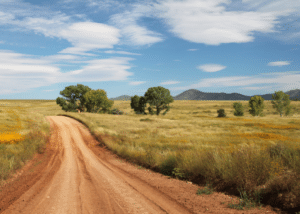State-by-state breakdown of the more than 34 million living in primary care deserts with limited telehealth access
Nicole Caldwell
February 2, 2022
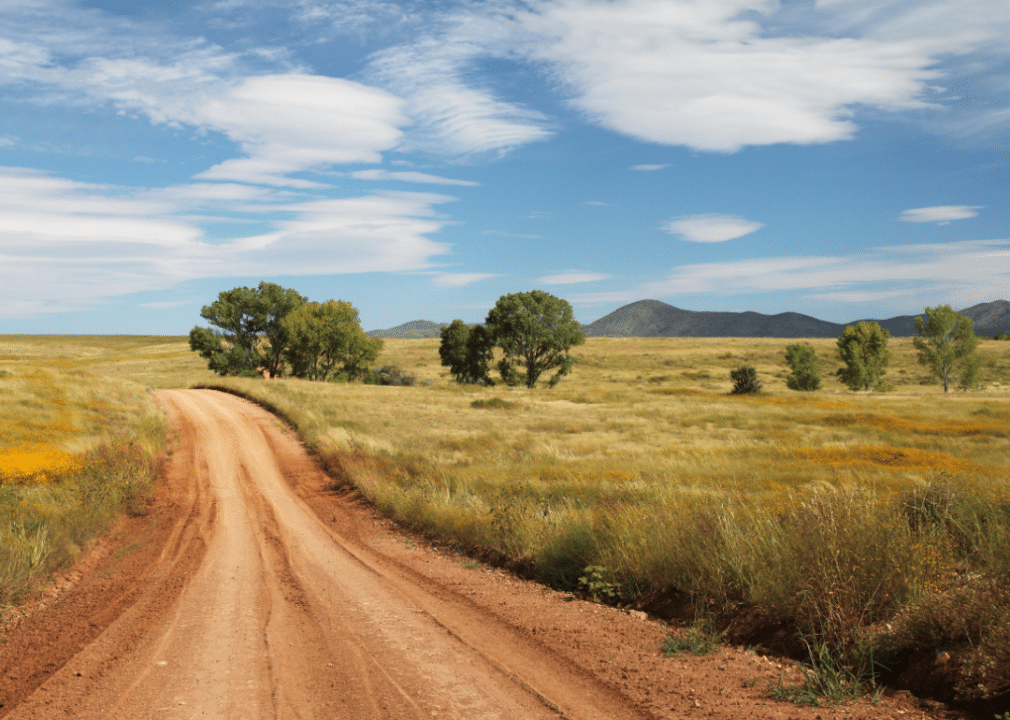
Canva
Medical deserts, where access to health care is restricted or nonexistent, may affect more than 80% of counties in the U.S.
In these rural, suburban, and even urban areas, individuals live without services essential to basic health maintenance. These can include pharmacies, primary care providers (PCPs), community health centers, emergency services, and hospitals. Telehealth offers a bridge for many people who would otherwise have to travel extensive distances for check-ups or visits with specialists; however, there is significant overlap between those living in medical deserts and those lacking the broadband speeds necessary to connect with that care.
When it comes to primary care, it’s difficult to overstate its importance. Long-term, regular check-ins with a PCP equate to higher-quality care, 33% less spent on health care than those who only use specialists, and 19% lower odds of premature death. For those living more than 30 miles from a PCP and those who can’t access PCPs by foot or public transit, these preventative services are often rendered inaccessible.
While use of telehealth is up, and the technology offers an exciting opportunity for making health care more equitable, a full 45% of rural users in a 2021 national telehealth survey conducted by the Bipartisan Policy Center and Social Sciences Research Solutions said technical issues interfered with access to the service.
Sidecar Health cited data from the Department of Health and Human Services (HHS) and Microsoft to identify counties considered primary care shortage areas and calculate the number of residents accessing broadband speeds of 25 mbps or greater. Although the Federal Communications Commision (FCC) collects broadband data, Sidecar Health cited an anonymized dataset from Microsoft that more accurately reflects the digital divide across the U.S. The FCC relies on reports from telecom providers rather than user experiences to inform its map, overstating the extent of broadband coverage across much of the U.S. The dataset from Microsoft is based on anonymized user data meaning in addition to access it also reflects the speeds area residents may be able to afford. While the FCC’s data suggest 14.5 million people are unable to connect to the internet at broadband speeds, Microsoft’s dataset found 120.4 million people lacked access to broadband speeds.
HHS primary care shortage designations can include counties, specific census tracts, and other geographic denominators. This list focuses on entire counties that are considered primary care shortage areas. States are ranked based on the percent of the population living in counties considered primary care deserts who also aren’t accessing the internet at broadband speeds.
The following states did not have entire counties designated primary care shortage areas: Arizona, Connecticut, Maine, Massachusetts, New Hampshire, New Jersey, Pennsylvania, Rhode Island, and Vermont.
Keep reading to see how many counties in your state are primary care deserts—and what percentage of the population in those areas lack broadband.
Get a quote for health insurance today!
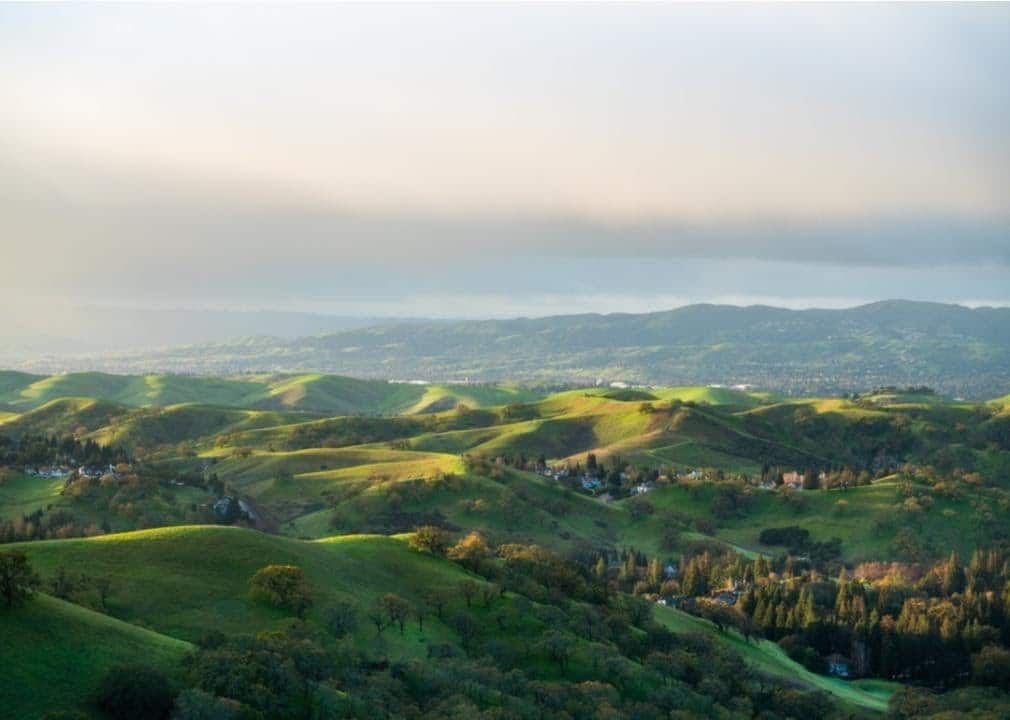
Alberto Armas // Shutterstock
#41. California
– Counties designated primary care deserts: 2 (.09% of population, 36,443 residents)
– Population in primary care deserts without broadband: .03% (13,501 residents)
— 100.0% rural (13,501 residents)
– Population accessing broadband speeds: 72.12%
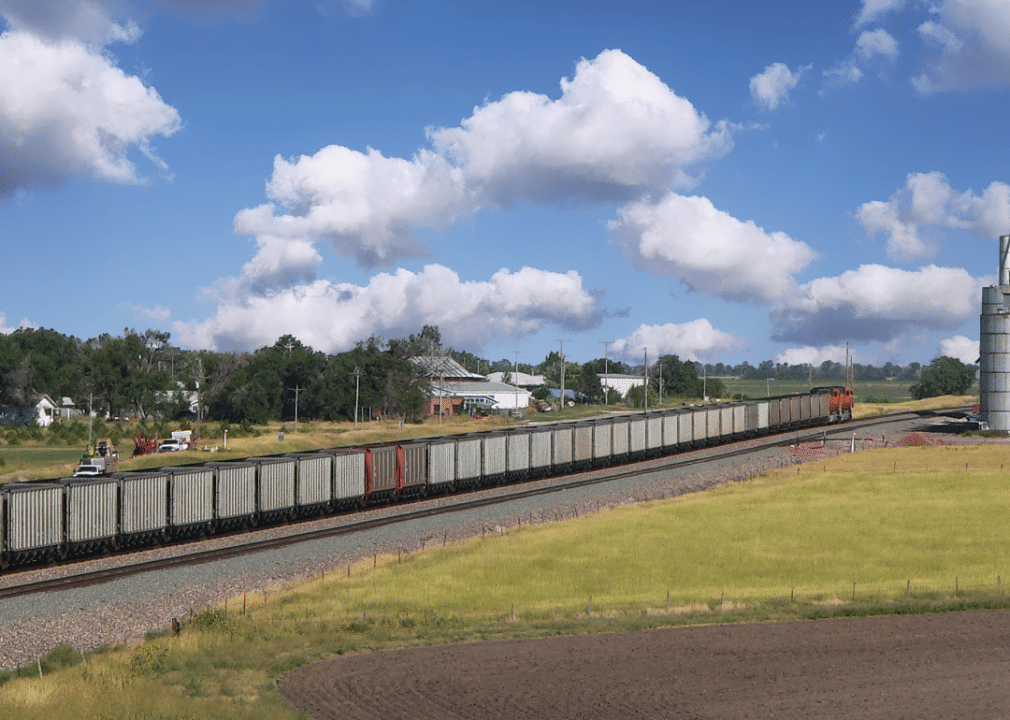
Canva
#40. Nebraska
– Counties designated primary care deserts: 1 (.10% of population, 1,874 residents)
– Population in primary care deserts without broadband: .09% (1,737 residents)
— 100.0% rural (1,737 residents)
– Population accessing broadband speeds: 56.98%
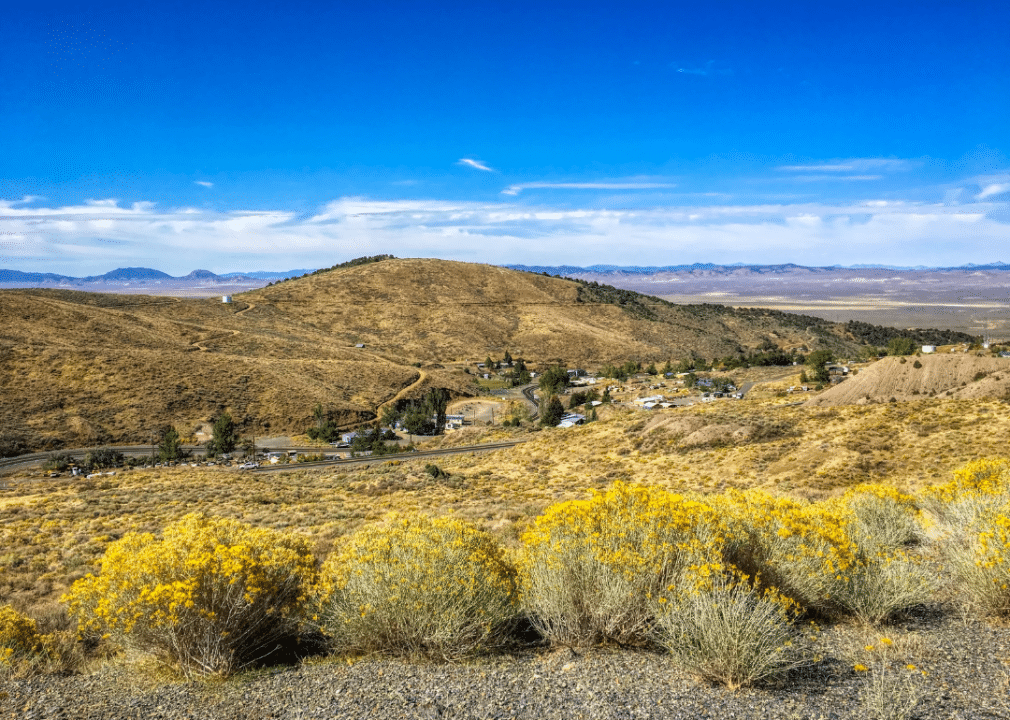
Canva
#39. Nevada
– Counties designated primary care deserts: 9 (3.64% of population, 112,876 residents)
– Population in primary care deserts without broadband: 1.83% (56,766 residents)
— 94.04% rural (53,385 residents)
– Population accessing broadband speeds: 74.0%
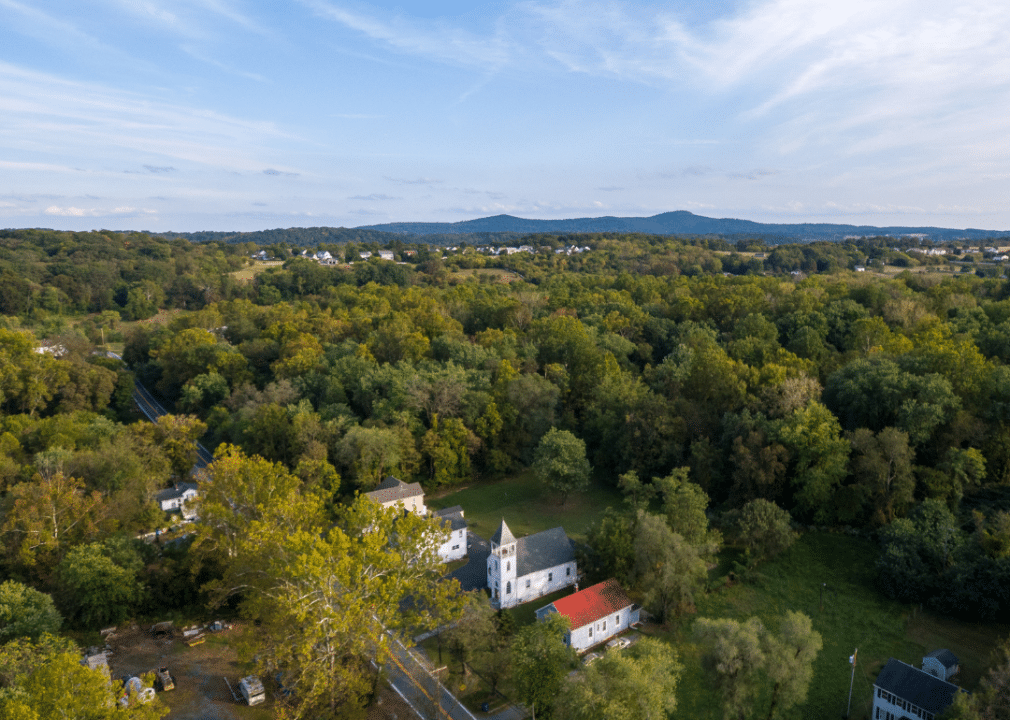
Canva
#38. Maryland
– Counties designated primary care deserts: 5 (5.14% of population, 317,441 residents)
– Population in primary care deserts without broadband: 2.44% (150,741 residents)
— 34.47% rural (51,953 residents)
– Population accessing broadband speeds: 77.38%
Learn more: What is Sidecar Health?
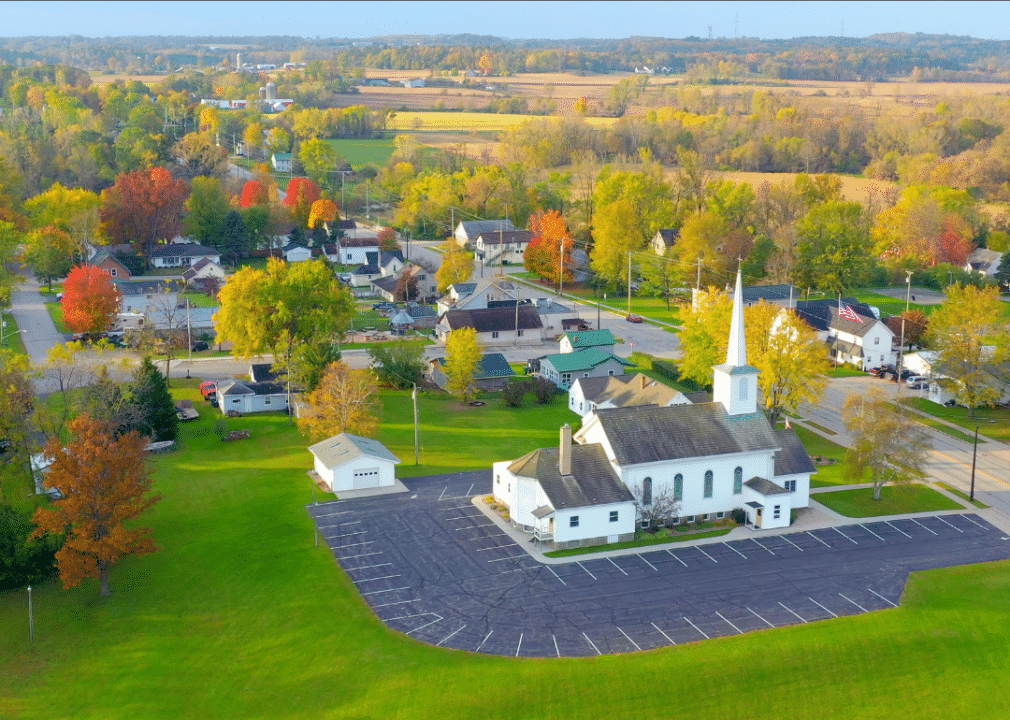
Canva
#37. Wisconsin
– Counties designated primary care deserts: 11 (4.37% of population, 257,524 residents)
– Population in primary care deserts without broadband: 3.24% (190,739 residents)
— 90.17% rural (171,986 residents)
– Population accessing broadband speeds: 57.17%
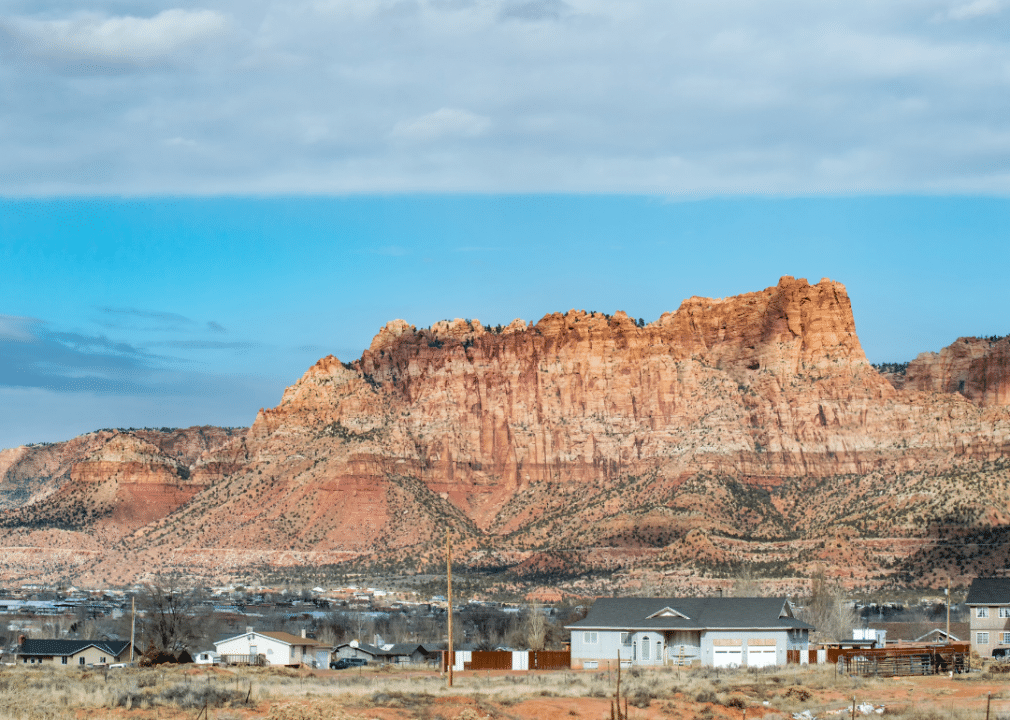
Canva
#36. Utah
– Counties designated primary care deserts: 11 (13.60% of population, 444,780 residents)
– Population in primary care deserts without broadband: 3.31% (108,228 residents)
— 49.43% rural (53,495 residents)
– Population accessing broadband speeds: 80.63%
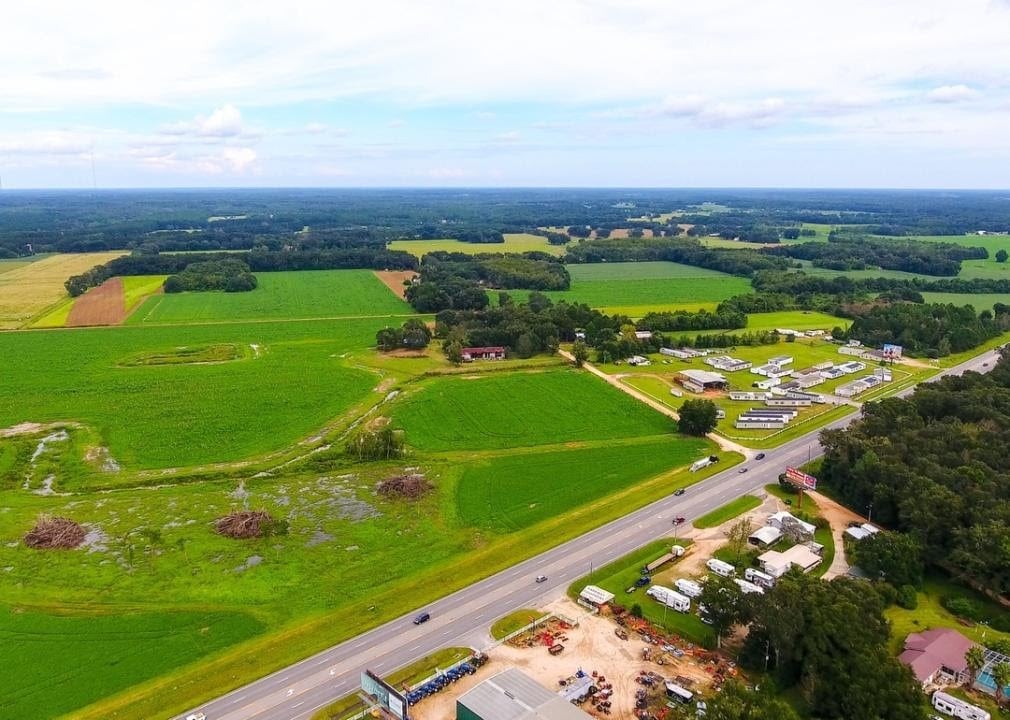
George Dodd III // Shutterstock
#35. Alabama
– Counties designated primary care deserts: 11 (5.57% of population, 280,091 residents)
– Population in primary care deserts without broadband: 4.22% (211,948 residents)
— 57.96% rural (122,845 residents)
– Population accessing broadband speeds: 46.41%

Lauren Orr // Shutterstock
#34. Colorado
– Counties designated primary care deserts: 36 (9.12% of population, 526,339 residents)
– Population in primary care deserts without broadband: 4.66% (268,961 residents)
— 69.33% rural (186,480 residents)
– Population accessing broadband speeds: 73.13%
Looking for a health access plan? Learn more about our affordable, easy to use options.
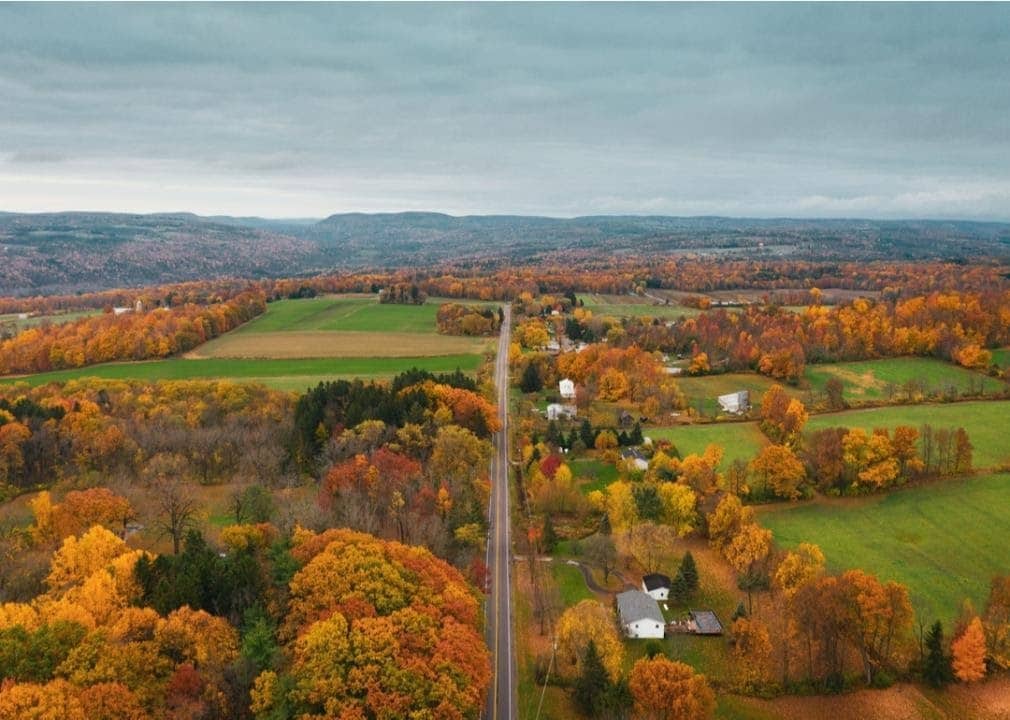
Jon Bilous // Shutterstock
#33. New York
– Counties designated primary care deserts: 36 (15.31% of population, 3.1 million residents)
– Population in primary care deserts without broadband: 6.61% (1.3 million residents)
— 45.66% rural (610,033 residents)
– Population accessing broadband speeds: 65.31%
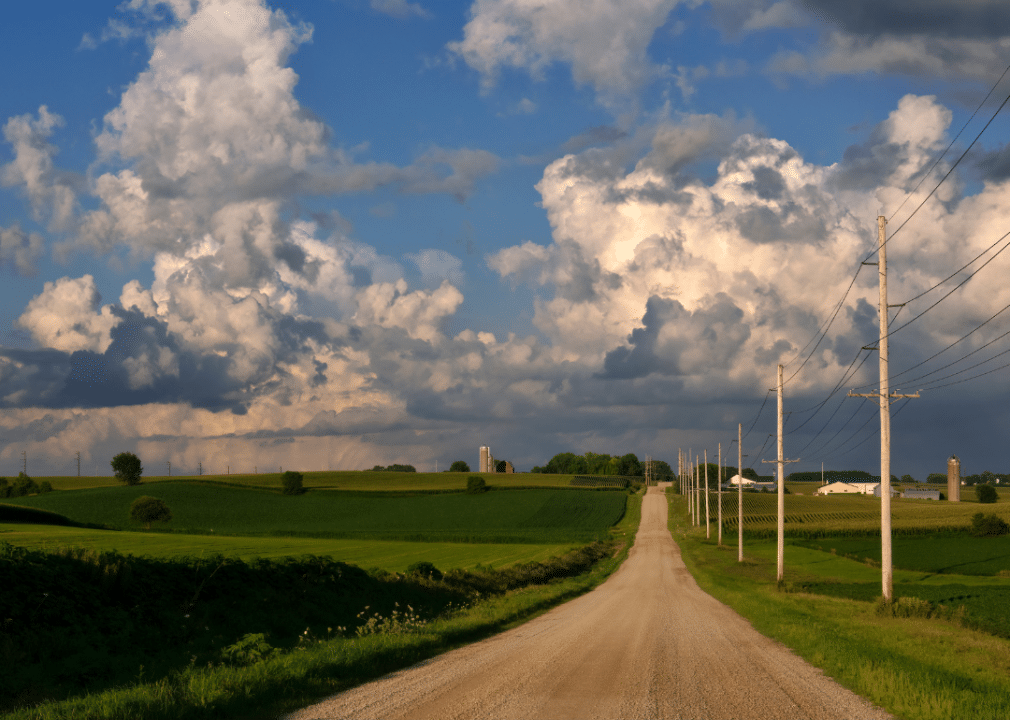
Canva
#32. Minnesota
– Counties designated primary care deserts: 34 (12.09% of population, 690,027 residents)
– Population in primary care deserts without broadband: 6.94% (395,757 residents)
— 82.33% rural (325,828 residents)
– Population accessing broadband speeds: 61.67%
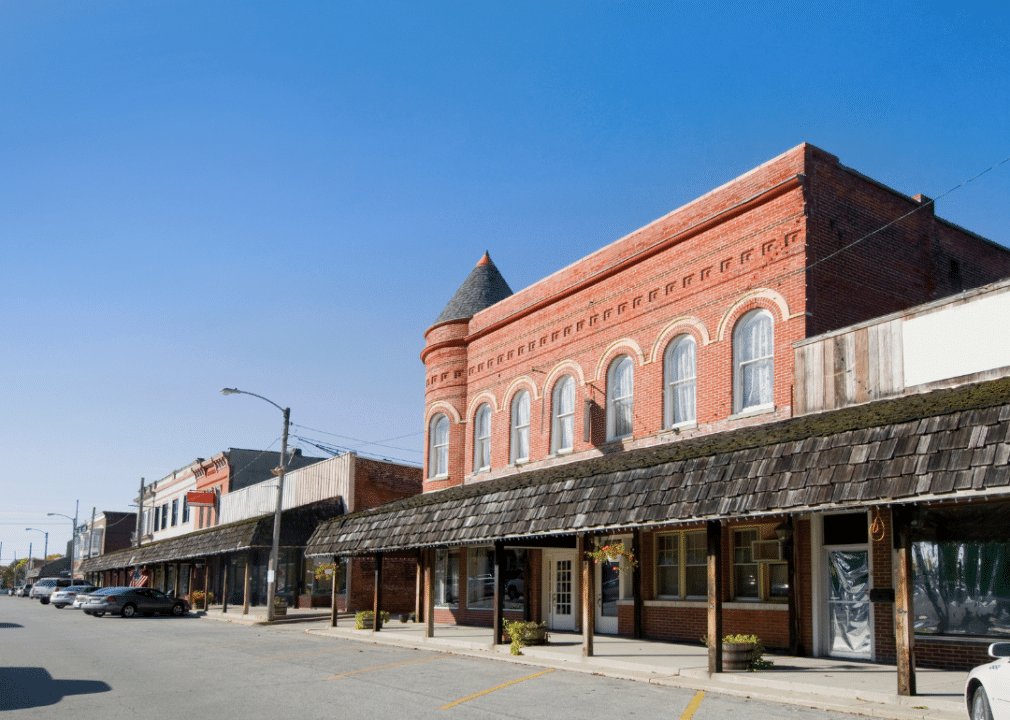
Canva
#31. Indiana
– Counties designated primary care deserts: 11 (13.19% of population, 894,690 residents)
– Population in primary care deserts without broadband: 7.15% (485,046 residents)
— 32.94% rural (159,764 residents)
– Population accessing broadband speeds: 51.54%
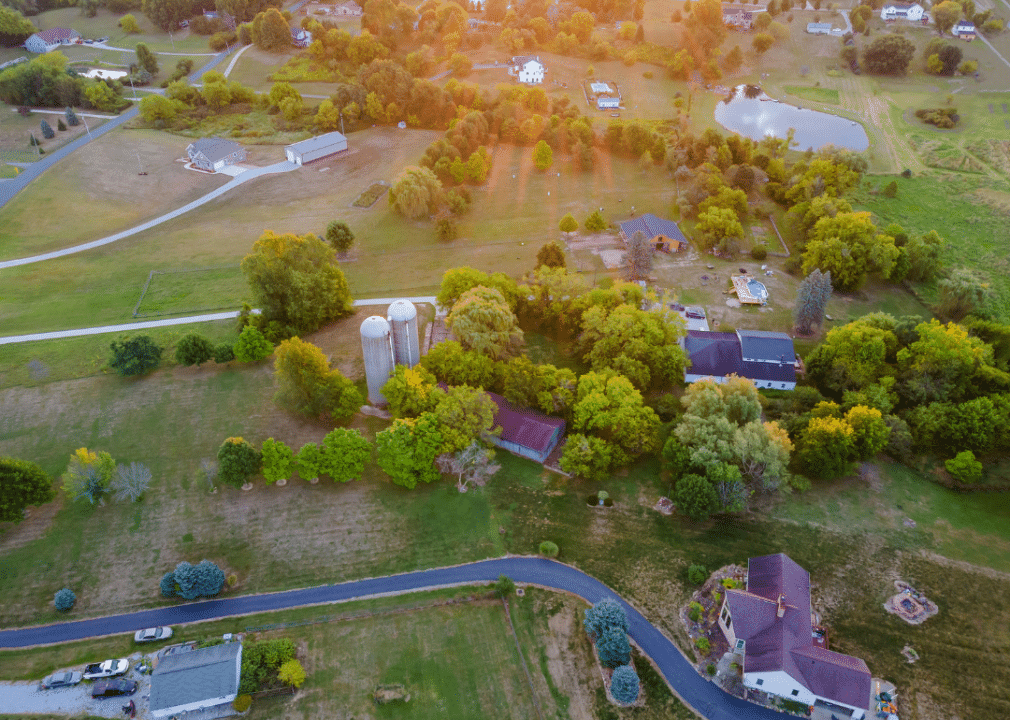
Canva
#30. Ohio
– Counties designated primary care deserts: 37 (15.30% of population, 1.8 million residents)
– Population in primary care deserts without broadband: 8.68% (1.0 million residents)
— 68.76% rural (703,898 residents)
– Population accessing broadband speeds: 58.05%
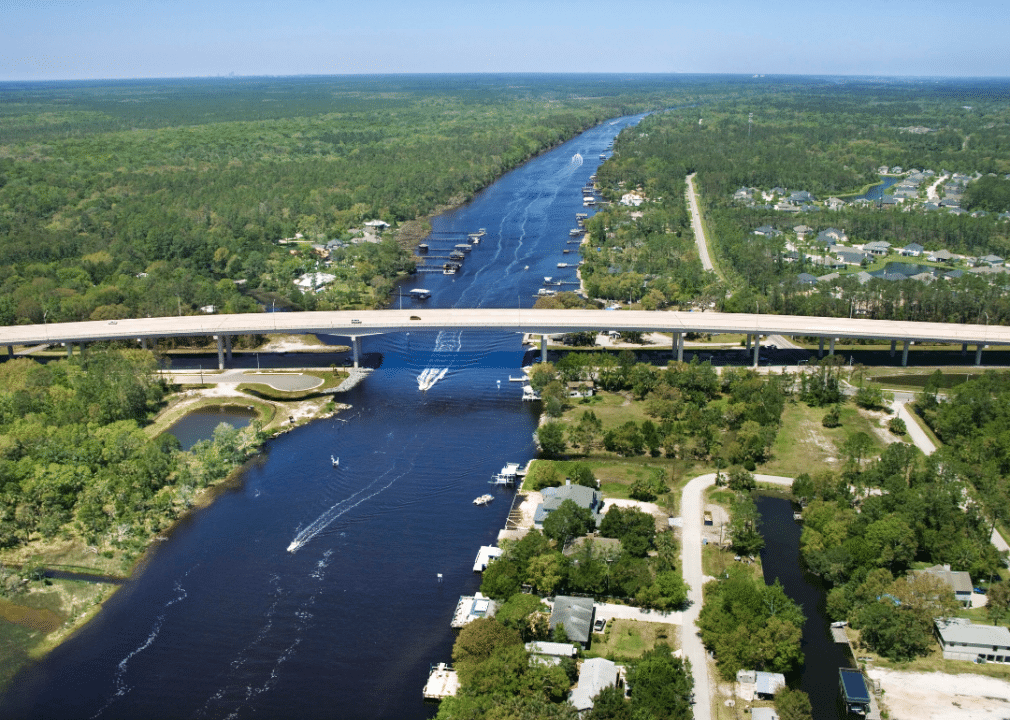
Canva
#29. Florida
– Counties designated primary care deserts: 44 (26.16% of population, 5.6 million residents)
– Population in primary care deserts without broadband: 9.59% (2.1 million residents)
— 22.17% rural (457,927 residents)
– Population accessing broadband speeds: 72.06%
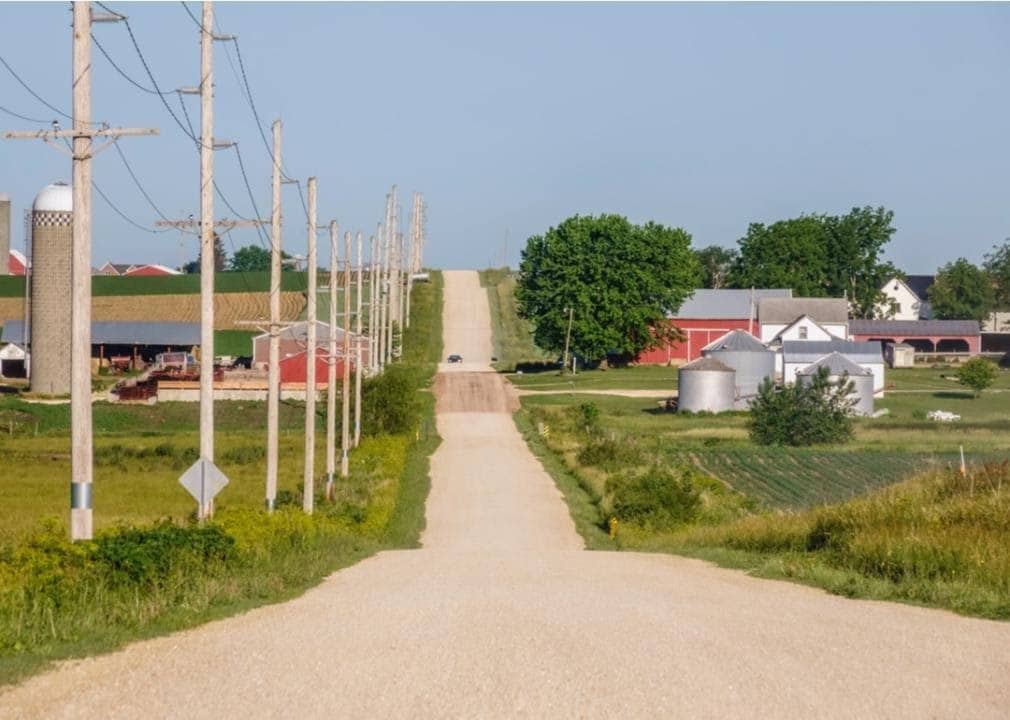
Ken Schulze // Shutterstock
#28. Iowa
– Counties designated primary care deserts: 26 (19.37% of population, 618,064 residents)
– Population in primary care deserts without broadband: 10.23% (326,394 residents)
— 59.96% rural (195,702 residents)
– Population accessing broadband speeds: 50.30%
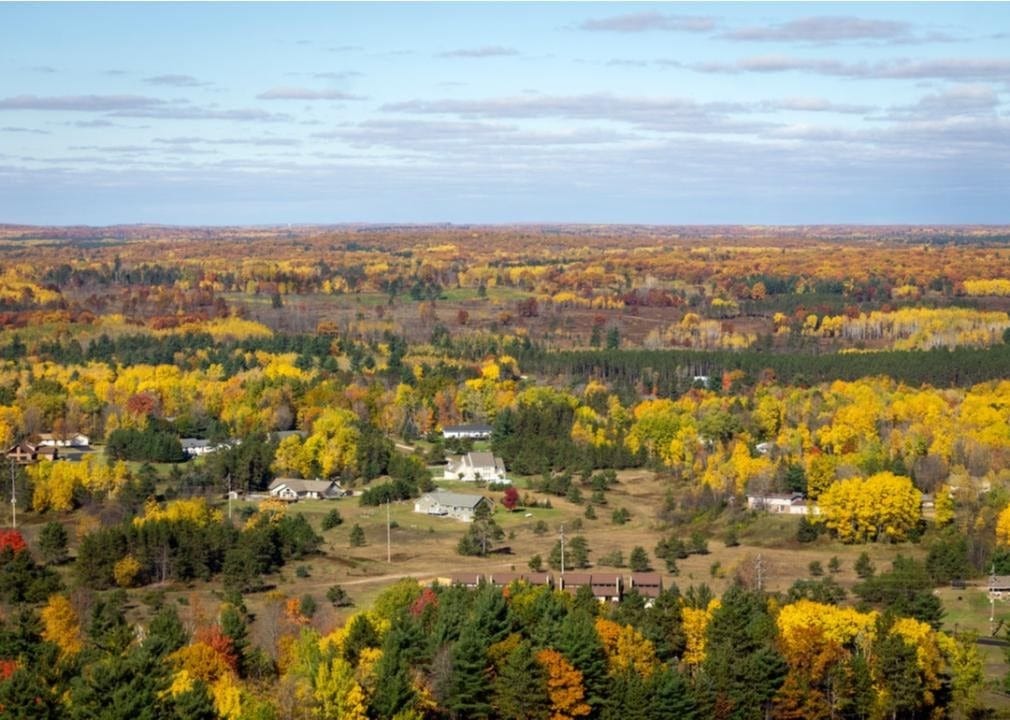
Amanda Oldham // Shutterstock
#27. Michigan
– Counties designated primary care deserts: 47 (21.75% of population, 2.2 million residents)
– Population in primary care deserts without broadband: 10.99% (1.1 million residents)
— 52.64% rural (583,212 residents)
– Population accessing broadband speeds: 59.48%
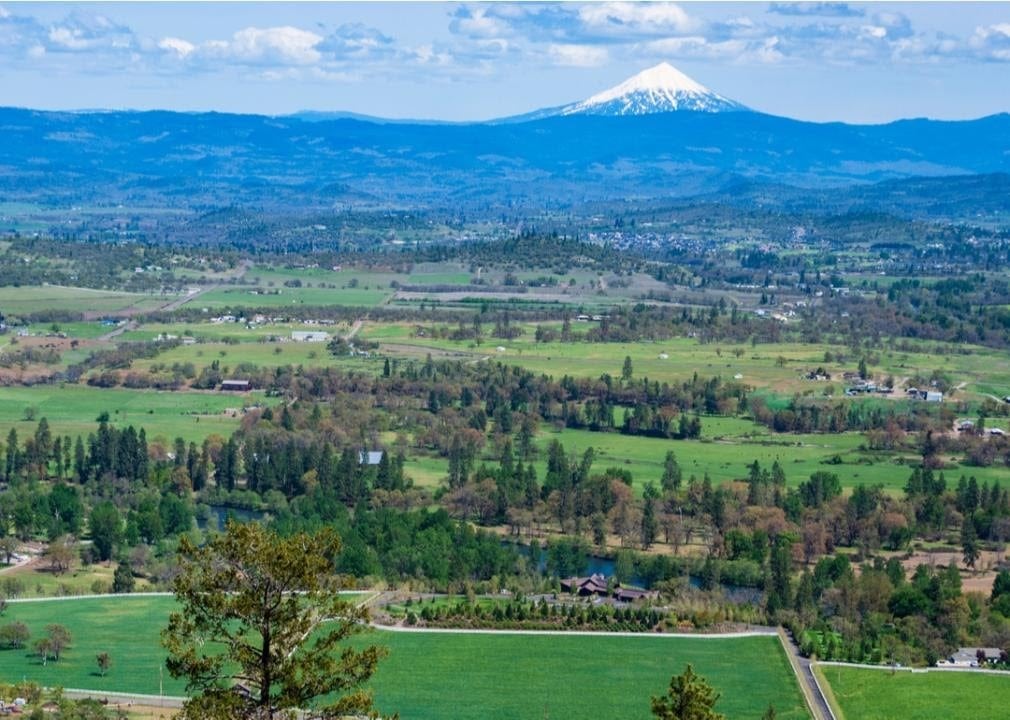
Sarit Richerson // Shutterstock
#26. Oregon
– Counties designated primary care deserts: 22 (29.08% of population, 1.2 million residents)
– Population in primary care deserts without broadband: 11.39% (482,462 residents)
— 51.32% rural (247,595 residents)
– Population accessing broadband speeds: 71.17%
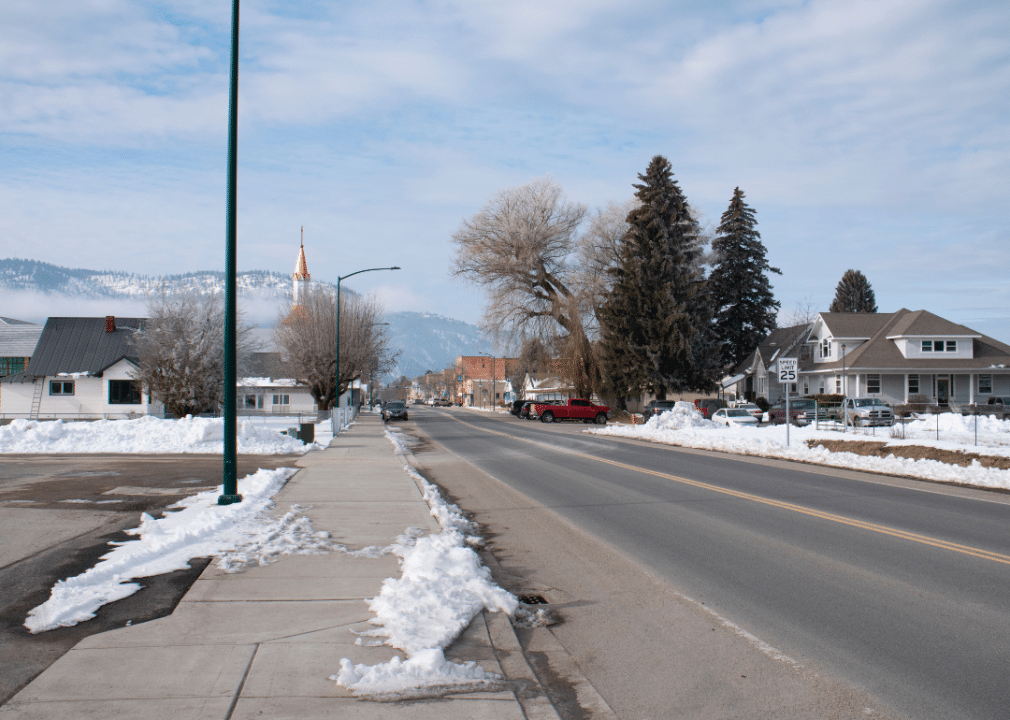
Canva
#25. Washington
– Counties designated primary care deserts: 27 (26.85% of population, 2.1 million residents)
– Population in primary care deserts without broadband: 11.39% (877,687 residents)
— 34.76% rural (305,045 residents)
– Population accessing broadband speeds: 71.27%
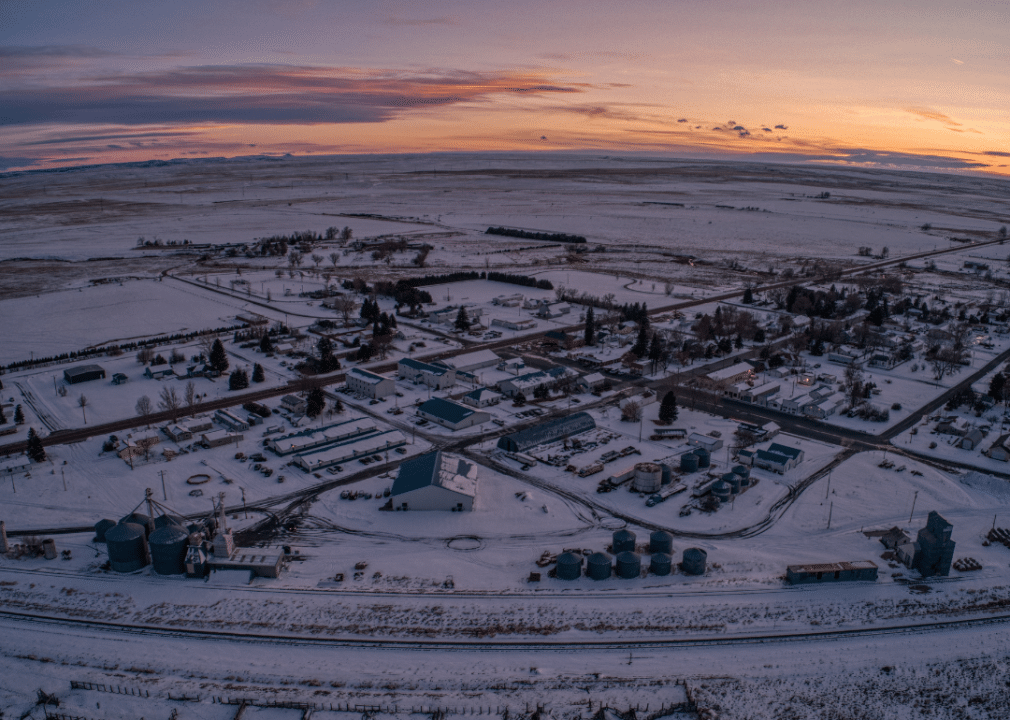
Canva
#24. Wyoming
– Counties designated primary care deserts: 8 (16.51% of population, 95,249 residents)
– Population in primary care deserts without broadband: 11.49% (66,253 residents)
— 100.0% rural (66,253 residents)
– Population accessing broadband speeds: 51.73%
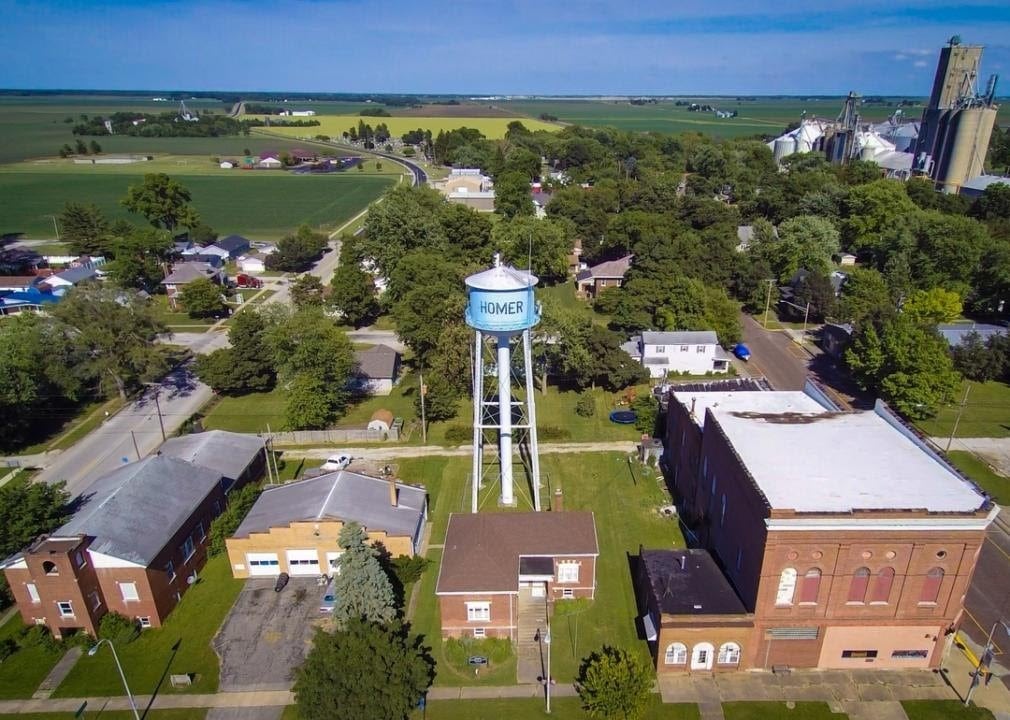
Jarling Aerial Solutions // Shutterstock
#23. Illinois
– Counties designated primary care deserts: 75 (21.03% of population, 2.7 million residents)
– Population in primary care deserts without broadband: 11.98% (1.5 million residents)
— 56.38% rural (865,105 residents)
– Population accessing broadband speeds: 62.02%
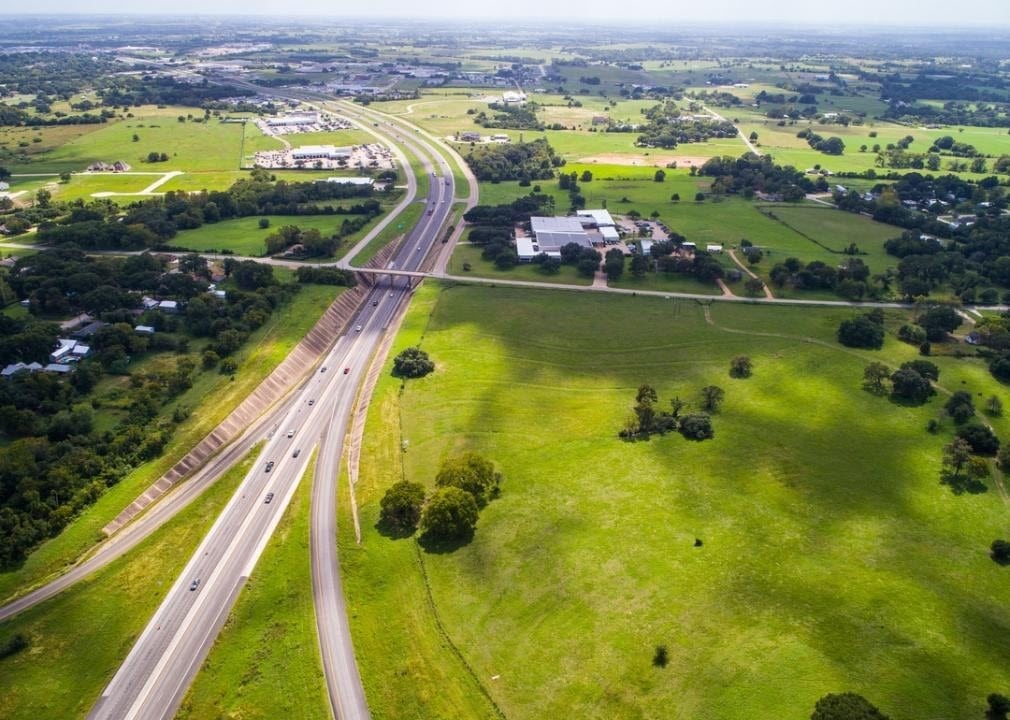
Roschetzky Photography // Shutterstock
#22. Texas
– Counties designated primary care deserts: 208 (24.40% of population, 7.1 million residents)
– Population in primary care deserts without broadband: 12.72% (3.7 million residents)
— 50.82% rural (1.9 million residents)
– Population accessing broadband speeds: 66.21%
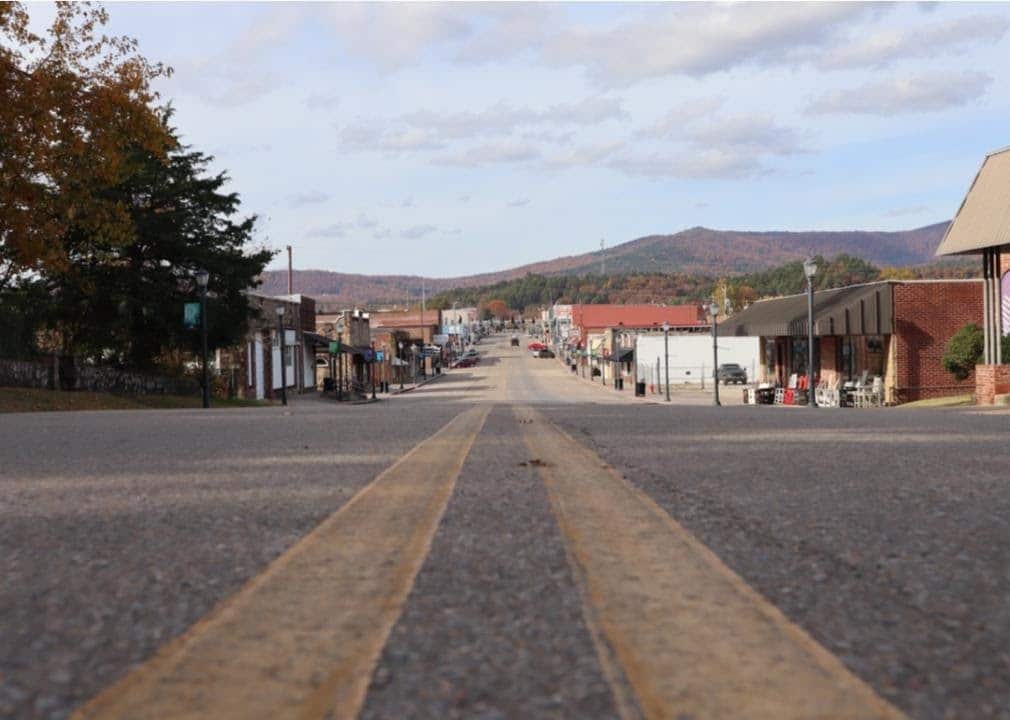
Gina Santoria // Shutterstock
#21. Arkansas
– Counties designated primary care deserts: 23 (18.20% of population, 548,008 residents)
– Population in primary care deserts without broadband: 12.91% (388,924 residents)
— 68.43% rural (266,124 residents)
– Population accessing broadband speeds: 39.83%
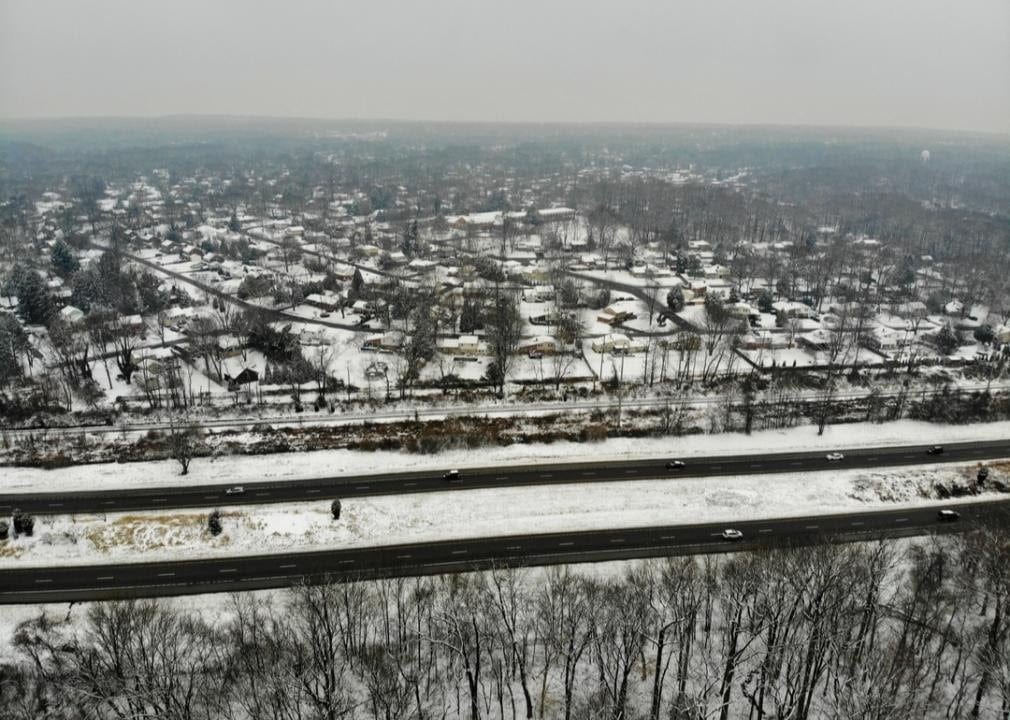
Khairil Azhar Junos // Shutterstock
#20. Delaware
– Counties designated primary care deserts: 2 (42.35% of population, 419,229 residents)
– Population in primary care deserts without broadband: 13.11% (129,737 residents)
— .0% rural (0 residents)
– Population accessing broadband speeds: 74.67%
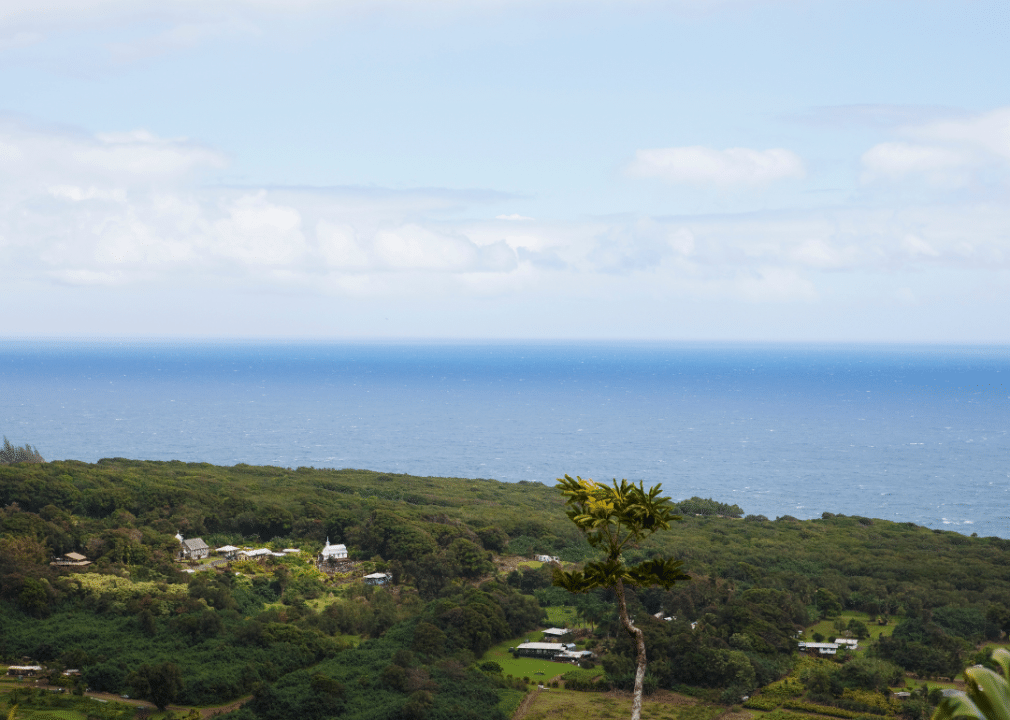
Canva
#19. Hawaii
– Counties designated primary care deserts: 3 (30.14% of population, 438,681 residents)
– Population in primary care deserts without broadband: 13.27% (193,134 residents)
— 66.39% rural (128,221 residents)
– Population accessing broadband speeds: 73.52%
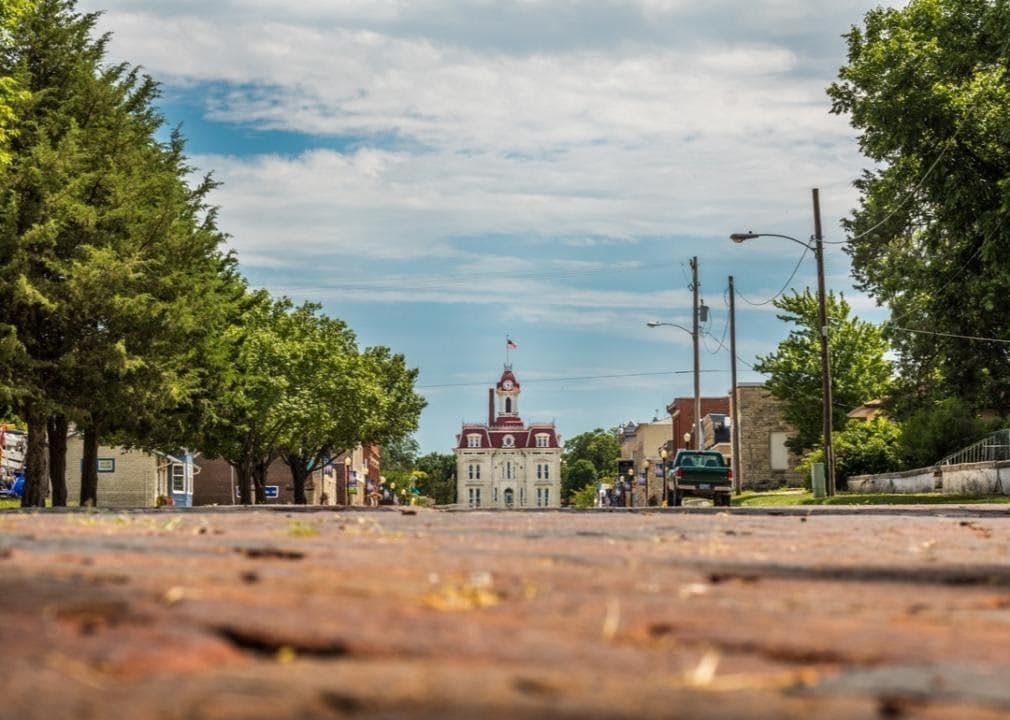
fletchjr // Shutterstock
#18. Kansas
– Counties designated primary care deserts: 23 (32.69% of population, 960,360 residents)
– Population in primary care deserts without broadband: 13.34% (391,914 residents)
— 38.90% rural (152,439 residents)
– Population accessing broadband speeds: 55.46%
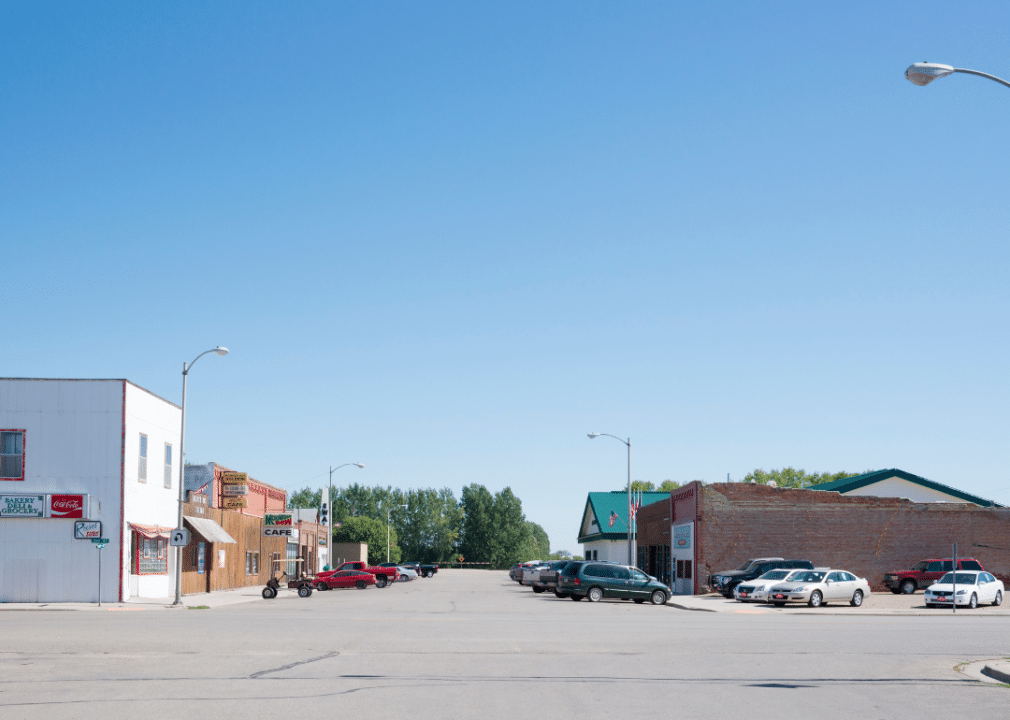
Canva
#17. North Dakota
– Counties designated primary care deserts: 38 (30.39% of population, 236,749 residents)
– Population in primary care deserts without broadband: 13.43% (104,666 residents)
— 77.63% rural (81,252 residents)
– Population accessing broadband speeds: 61.78%
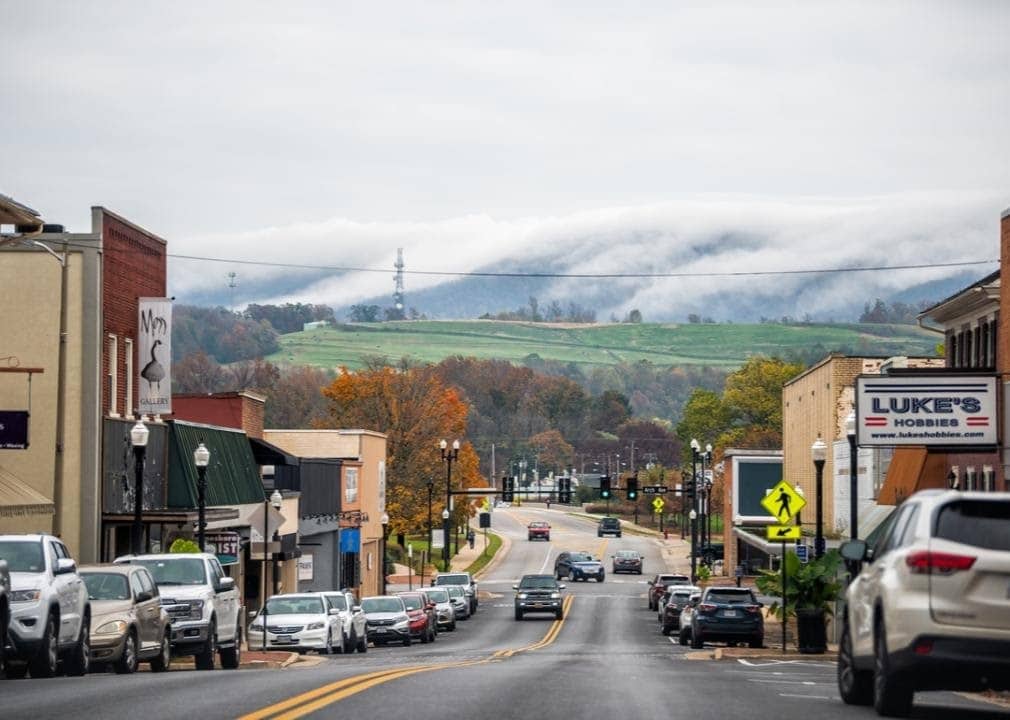
Kristi Blokhin // Shutterstock
#16. Virginia
– Counties designated primary care deserts: 77 (31.20% of population, 2.7 million residents)
– Population in primary care deserts without broadband: 14.0% (1.2 million residents)
— 56.37% rural (681,271 residents)
– Population accessing broadband speeds: 69.27%
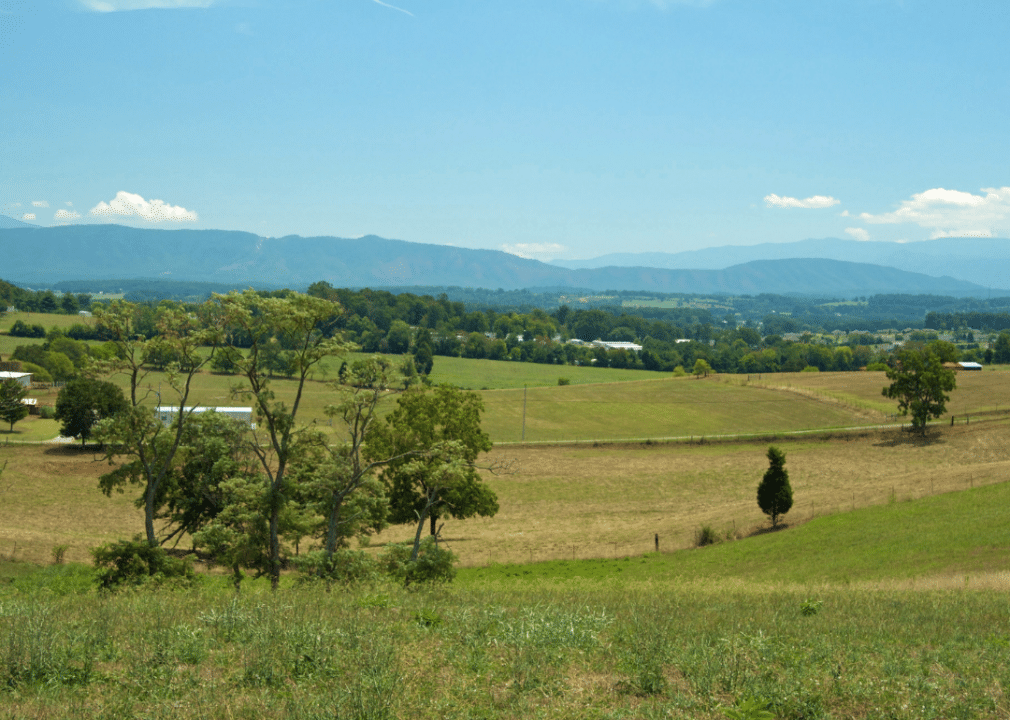
Canva
#15. Tennessee
– Counties designated primary care deserts: 23 (35.55% of population, 2.5 million residents)
– Population in primary care deserts without broadband: 14.67% (1.0 million residents)
— 27.02% rural (273,857 residents)
– Population accessing broadband speeds: 55.43%
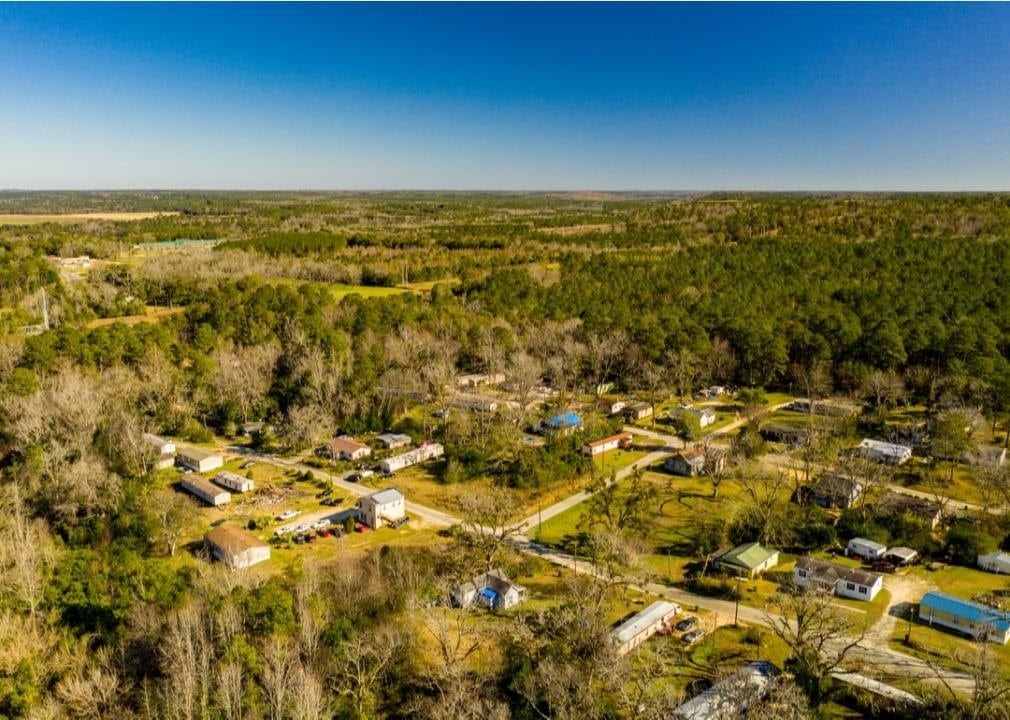
Felix Mizioznikov // Shutterstock
#14. Georgia
– Counties designated primary care deserts: 130 (40.57% of population, 4.3 million residents)
– Population in primary care deserts without broadband: 20.44% (2.2 million residents)
— 43.42% rural (950,791 residents)
– Population accessing broadband speeds: 66.37%
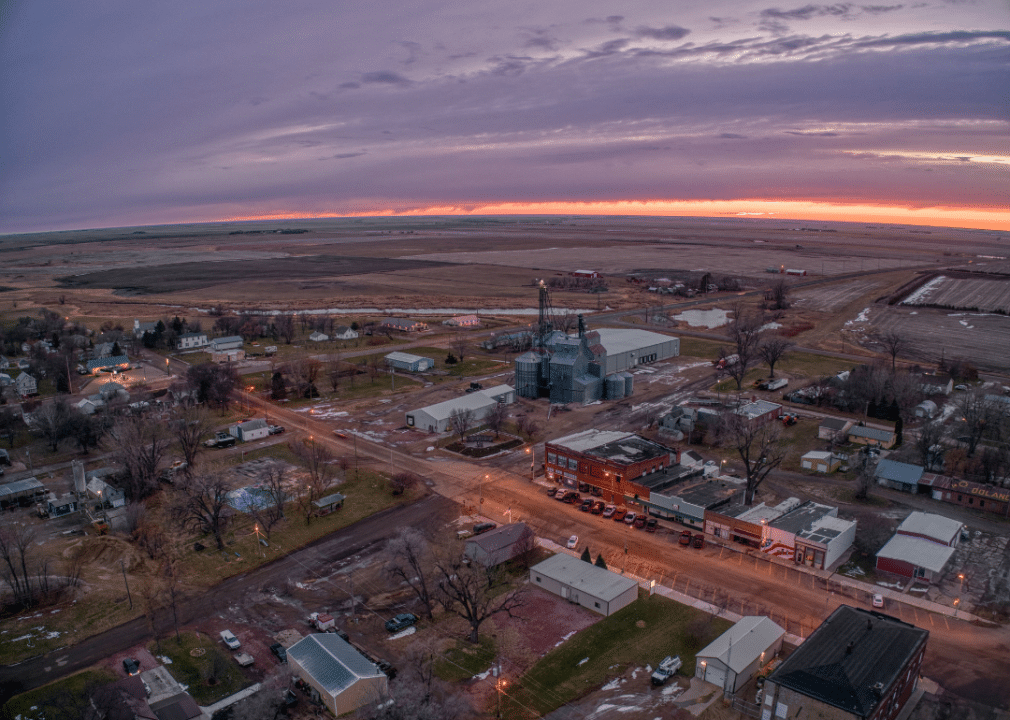
Canva
#13. South Dakota
– Counties designated primary care deserts: 46 (41.25% of population, 365,761 residents)
– Population in primary care deserts without broadband: 20.93% (185,573 residents)
— 68.80% rural (127,668 residents)
– Population accessing broadband speeds: 56.41%
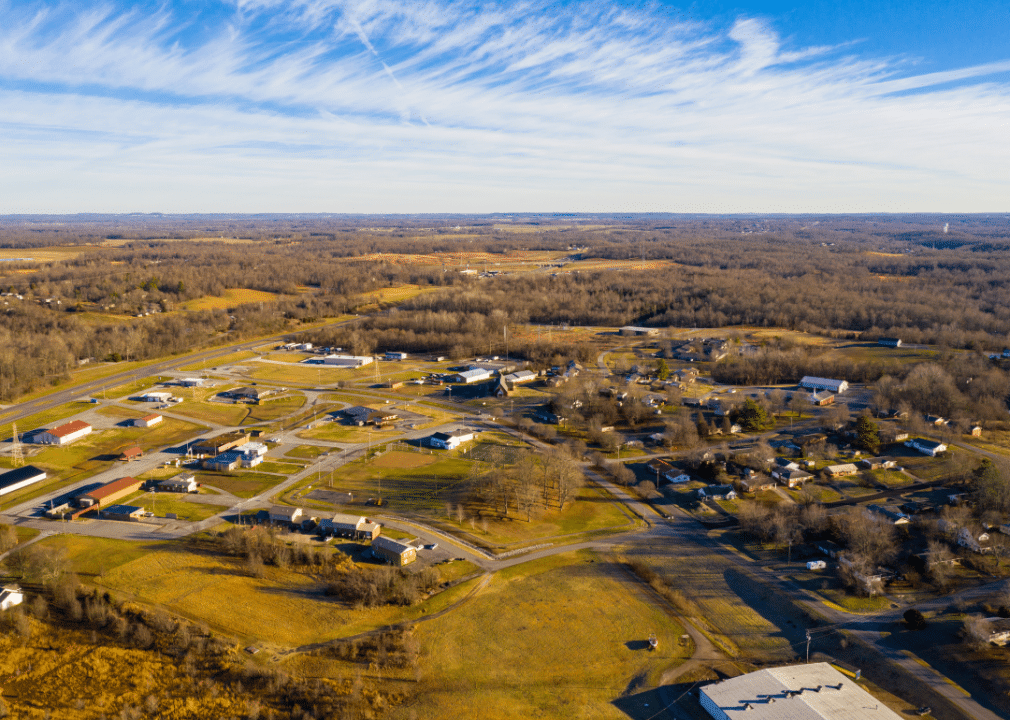
Canva
#12. Kentucky
– Counties designated primary care deserts: 57 (33.16% of population, 1.5 million residents)
– Population in primary care deserts without broadband: 21.09% (950,143 residents)
— 74.93% rural (711,908 residents)
– Population accessing broadband speeds: 45.76%
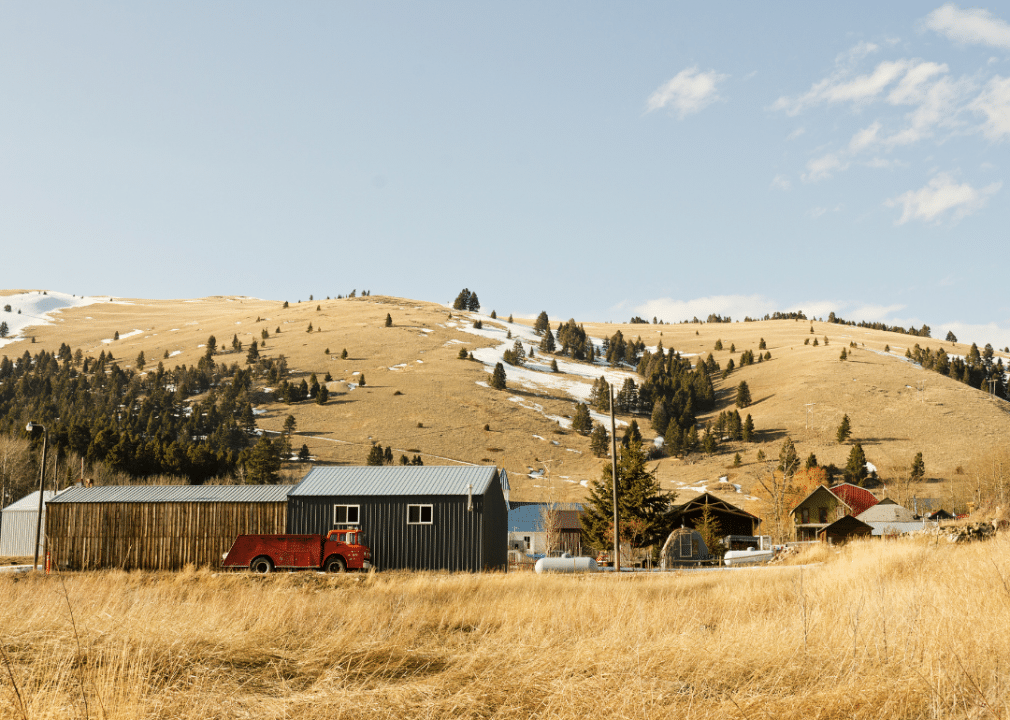
Canva
#11. Montana
– Counties designated primary care deserts: 39 (37.0% of population, 401,127 residents)
– Population in primary care deserts without broadband: 22.26% (241,366 residents)
— 88.56% rural (213,763 residents)
– Population accessing broadband speeds: 53.59%
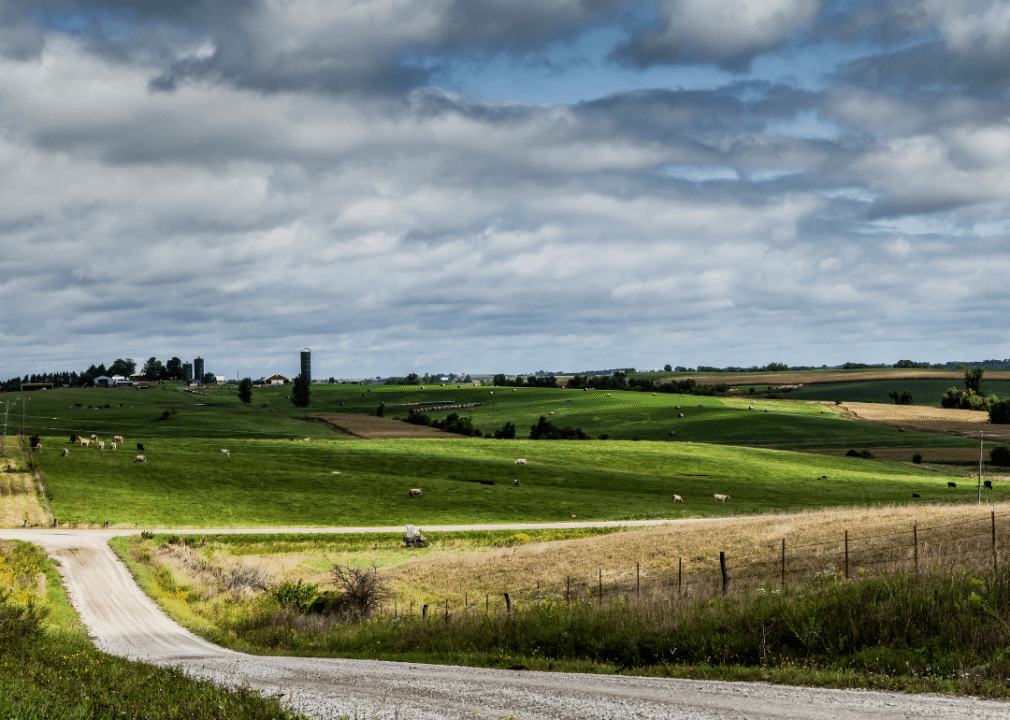
Canva
#10. Missouri
– Counties designated primary care deserts: 83 (38.25% of population, 2.4 million residents)
– Population in primary care deserts without broadband: 23.84% (1.5 million residents)
— 59.14% rural (867,856 residents)
– Population accessing broadband speeds: 51.65%

Canva
#9. North Carolina
– Counties designated primary care deserts: 87 (64.12% of population, 6.7 million residents)
– Population in primary care deserts without broadband: 29.08% (3.0 million residents)
— 34.83% rural (1.1 million residents)
– Population accessing broadband speeds: 61.92%
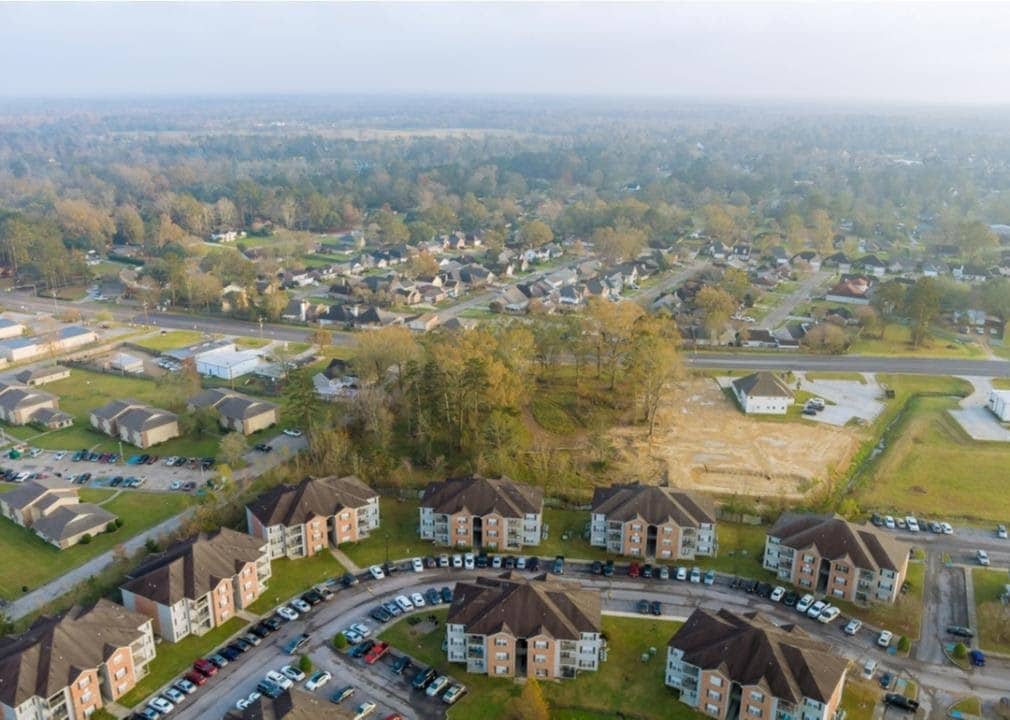
ungvar // Shutterstock
#8. Louisiana
– Counties designated primary care deserts: 33 (51.75% of population, 2.4 million residents)
– Population in primary care deserts without broadband: 29.31% (1.4 million residents)
— 21.72% rural (296,468 residents)
– Population accessing broadband speeds: 44.66%
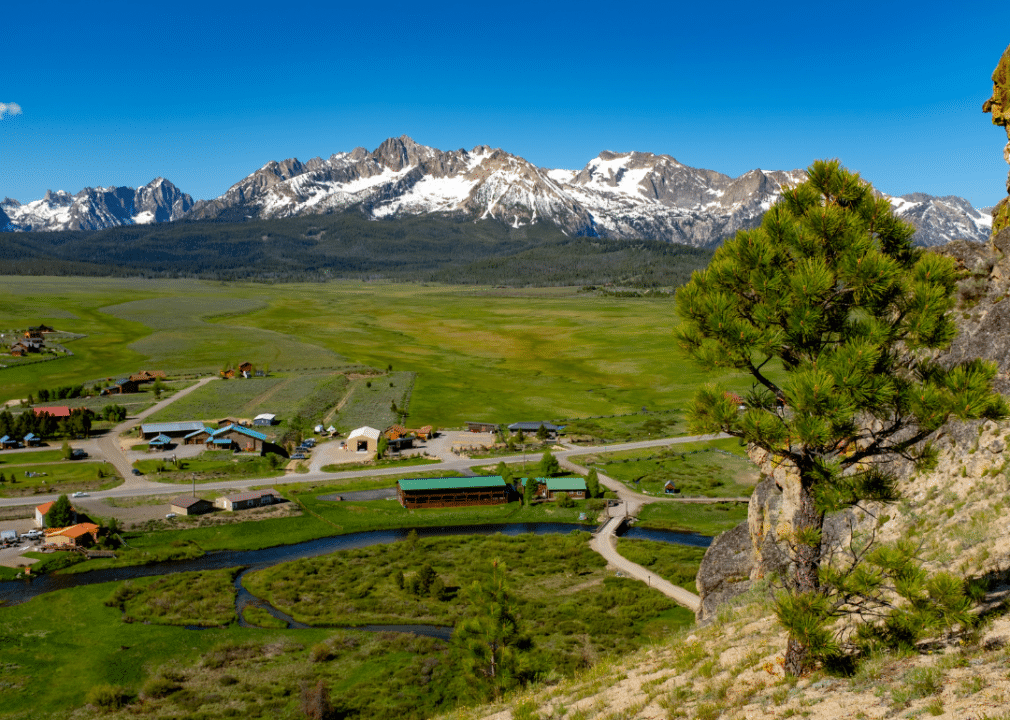
Canva
#7. Idaho
– Counties designated primary care deserts: 38 (62.55% of population, 1.2 million residents)
– Population in primary care deserts without broadband: 30.72% (565,047 residents)
— 57.38% rural (324,234 residents)
– Population accessing broadband speeds: 62.77%
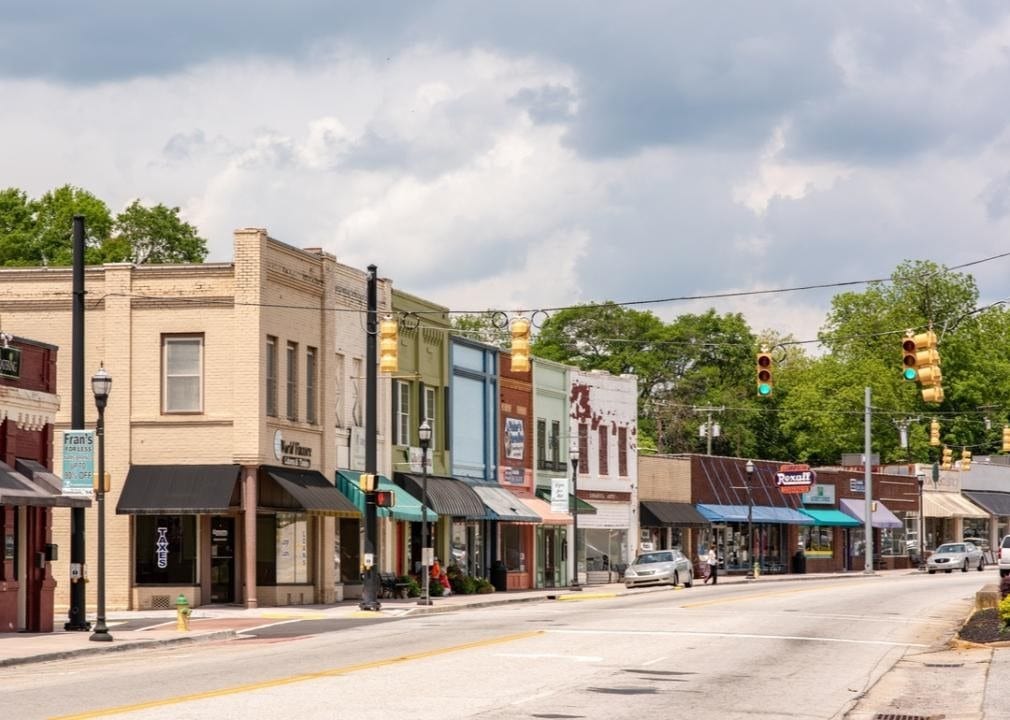
Page Light Studios // Shutterstock
#6. South Carolina
– Counties designated primary care deserts: 38 (61.89% of population, 3.2 million residents)
– Population in primary care deserts without broadband: 31.93% (1.6 million residents)
— 28.76% rural (469,901 residents)
– Population accessing broadband speeds: 55.14%

Canva
#5. Alaska
– Counties designated primary care deserts: 16 (77.31% of population, 567,012 residents)
– Population in primary care deserts without broadband: 33.0% (242,016 residents)
— 50.79% rural (122,921 residents)
– Population accessing broadband speeds: 54.29%
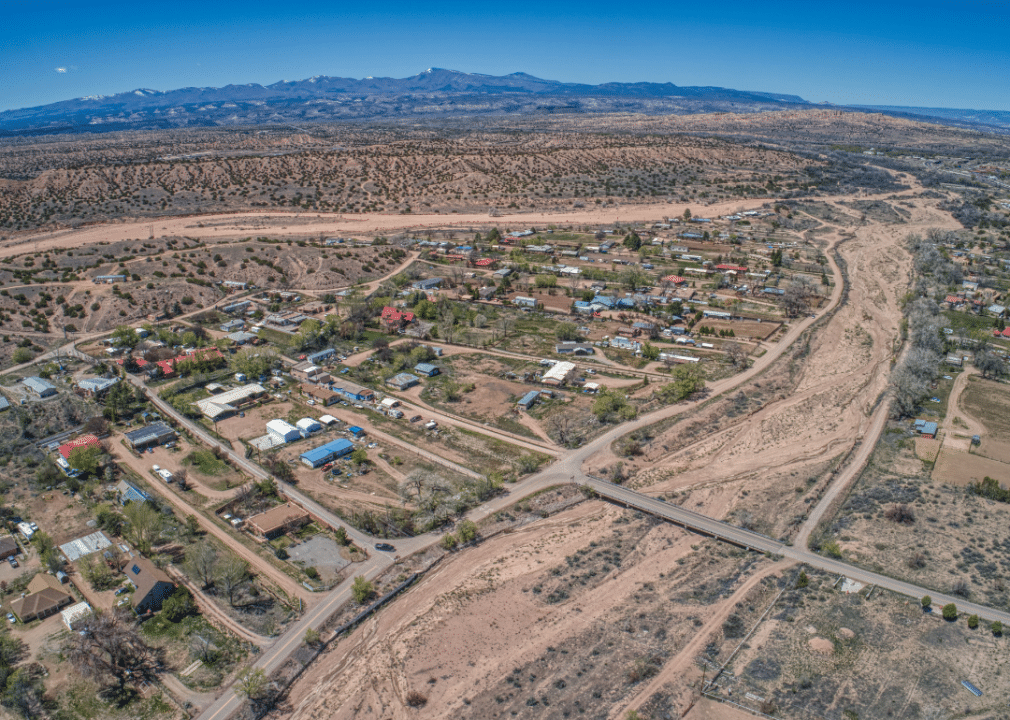
Canva
#4. New Mexico
– Counties designated primary care deserts: 26 (64.84% of population, 1.4 million residents)
– Population in primary care deserts without broadband: 34.40% (728,484 residents)
— 56.98% rural (415,092 residents)
– Population accessing broadband speeds: 44.38%
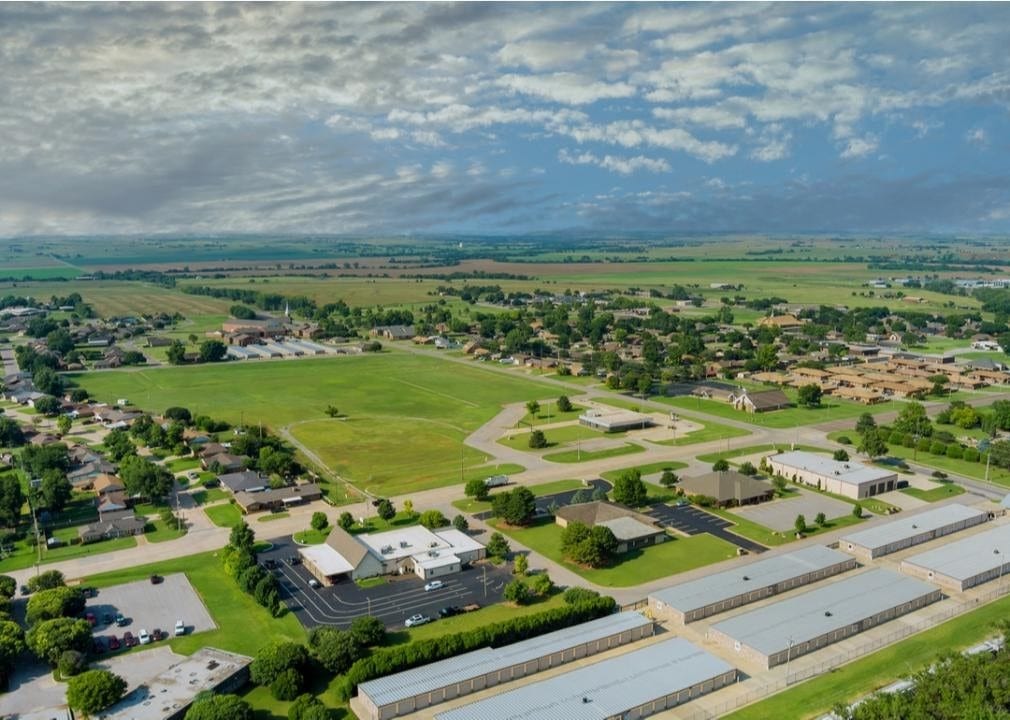
ungvar // Shutterstock
#3. Oklahoma
– Counties designated primary care deserts: 68 (61.49% of population, 2.4 million residents)
– Population in primary care deserts without broadband: 36.07% (1.4 million residents)
— 63.36% rural (904,880 residents)
– Population accessing broadband speeds: 49.19%
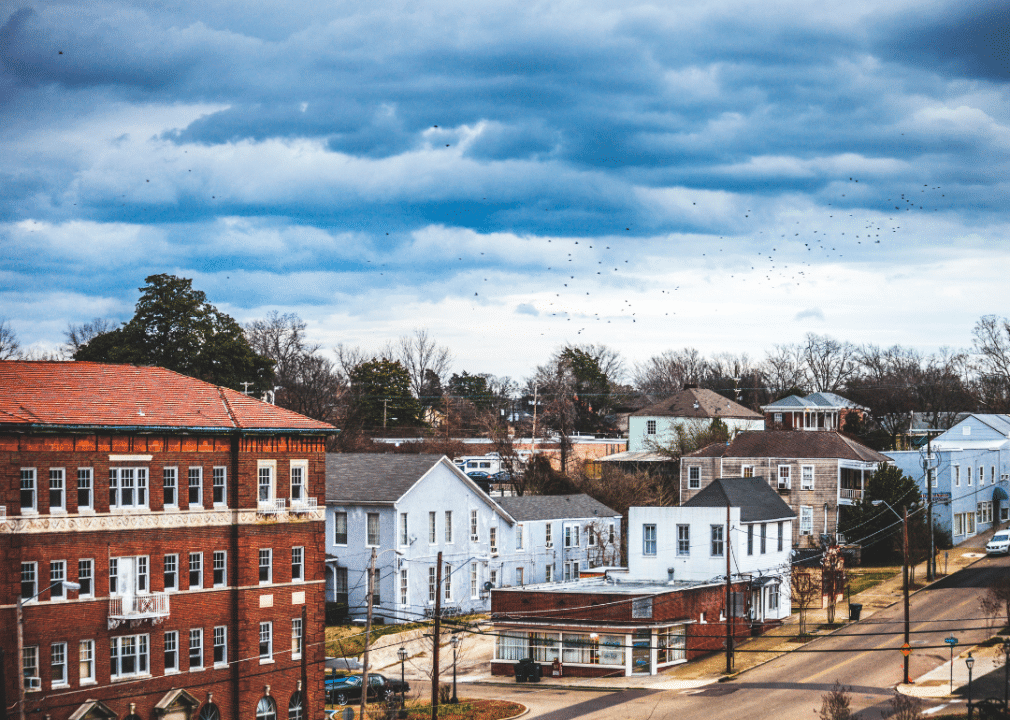
Canva
#2. Mississippi
– Counties designated primary care deserts: 47 (59.69% of population, 1.8 million residents)
– Population in primary care deserts without broadband: 41.23% (1.2 million residents)
— 54.60% rural (666,542 residents)
– Population accessing broadband speeds: 32.12%

Kristi Blokhin // Shutterstock
#1. West Virginia
– Counties designated primary care deserts: 50 (84.66% of population, 1.5 million residents)
– Population in primary care deserts without broadband: 55.0% (986,511 residents)
— 46.68% rural (460,463 residents)
– Population accessing broadband speeds: 36.68%
